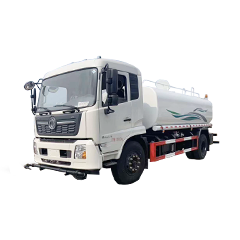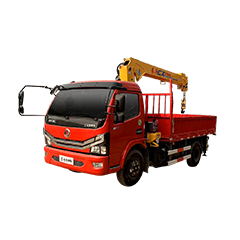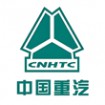The batch of sanitation vehicles we purchased has been operating continuously for 3 years, working for more than 12 hours a day, and the engine and installation system are still running stably. Especially the hydraulic system has never experienced any malfunctions in the winter environment of minus 20 degrees Celsius in the north.




















